
“We needed to find solutions to a variety of issues whilst being a complex business, operating in a 24/7 environment. Stripe OLT listened and understood immediately the challenges we faced.”







“We needed to find solutions to a variety of issues whilst being a complex business, operating in a 24/7 environment. Stripe OLT listened and understood immediately the challenges we faced.”







“We needed to find solutions to a variety of issues whilst being a complex business, operating in a 24/7 environment. Stripe OLT listened and understood immediately the challenges we faced.”






Request a Call-back.
First we need a few details.

“We needed to find solutions to a variety of issues whilst being a complex business, operating in a 24/7 environment. Stripe OLT listened and understood immediately the challenges we faced.”






Request a Call
First we need a few details.


Only through acquiring complete visibility over your existing Microsoft infrastructure, can you discover potential gaps in your security systems.
Our experts are here to help you gain the knowledge needed to make informed security decisions.

















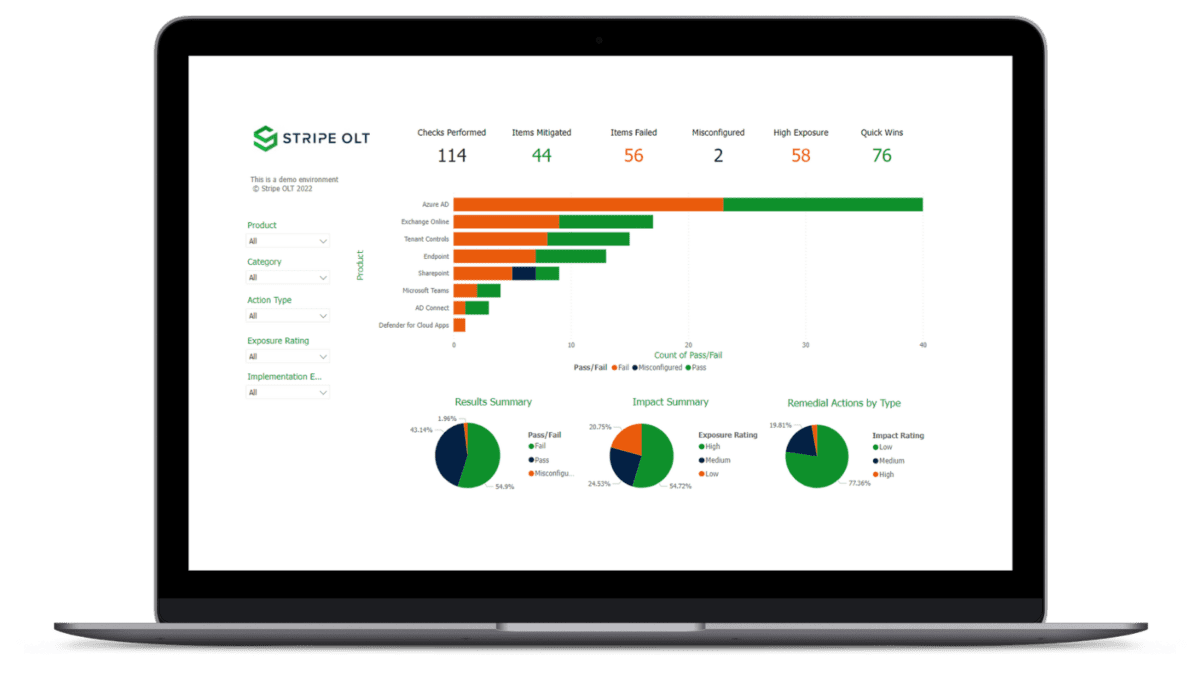






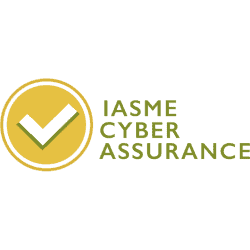
IASME Cyber Assurance

Microsoft Solutions Partner
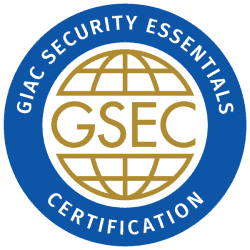
GIAC Security Essentials
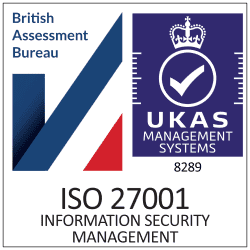
ISO 27001

Cyber Essentials
Plus
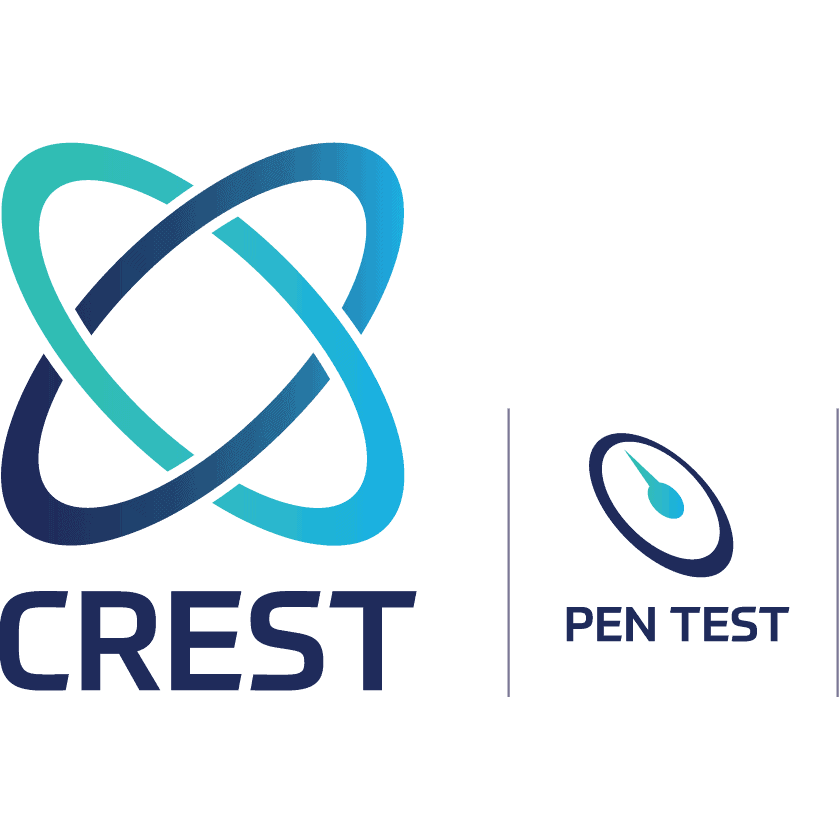
CREST Certified








